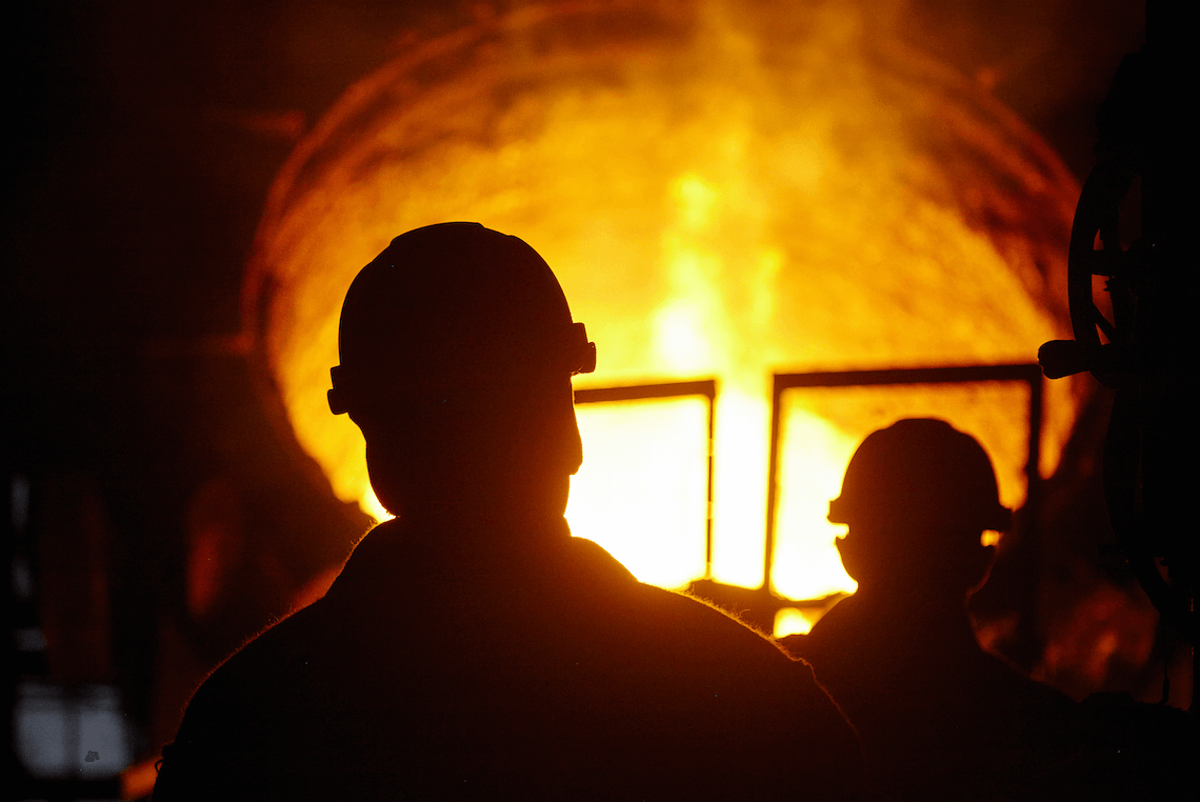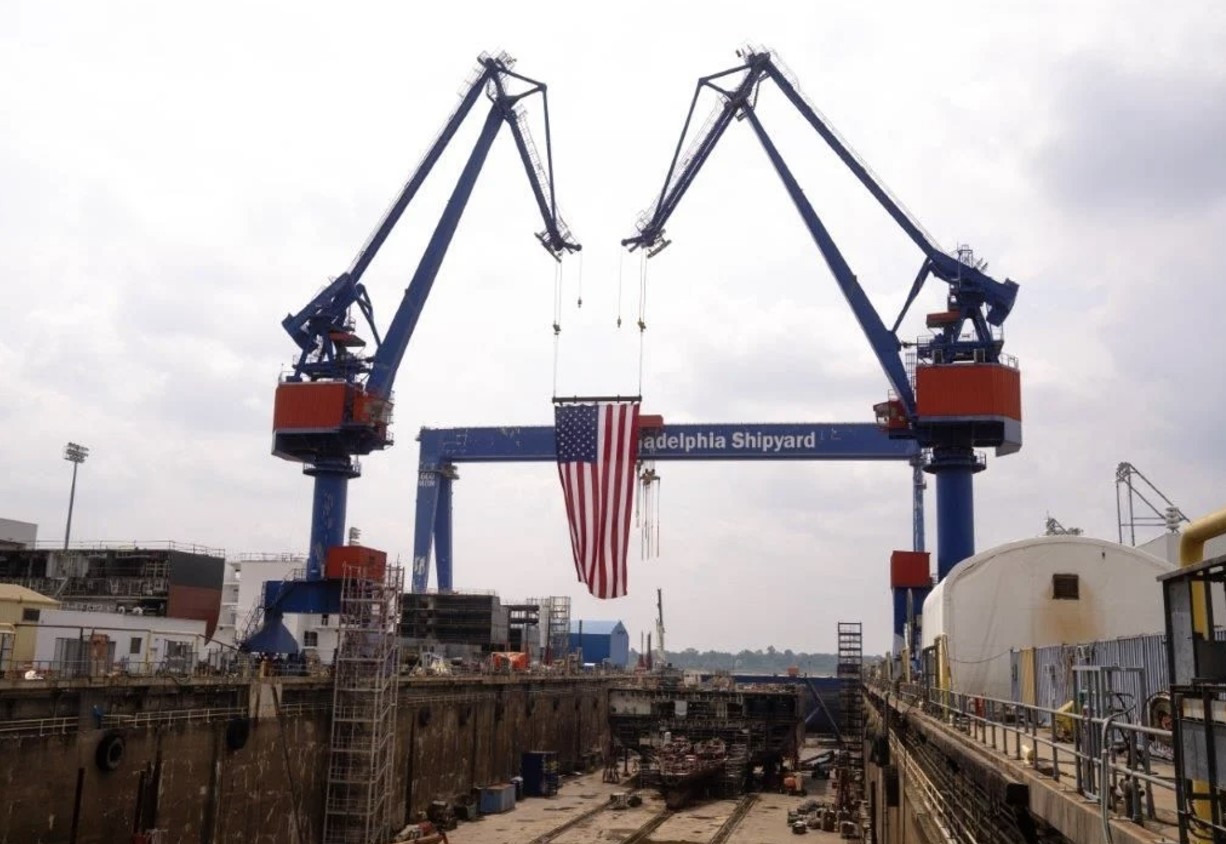
Nippon Steel Corporation has confirmed a 33% reduction in blast furnace CO2 emissions using hydrogen reduction technology was achieved.
Throughout tests conducted from November to December (2023), Nippon used the Super COURSE50 technology on a small-scale blast furnace and achieved the “highest level in the world” using the method.
Super COURSE50 uses heated hydrogen to reduce CO2 in a hydrogen reduction test furnace, and the company will now proceed with demonstration tests of the technology and establish it in large blast furnaces, planning to eventually reduce emissions by 50%.
Nippon will implement will install the equipment at its No.2 blast furnace at East Nippon Works Kimitsu Area in Japan, to prepare for the launch of further demonstration experiments in January 2026.
Elsewhere, H2 View reported that Australian company Calix Limited had completed a Front-End Engineering and Design (FEED) study on a hydrogen direct reduced iron (H-DRI) demonstration plant.
Read more:Calix reveals successful FEED study on 30,000 tonne H-DRI plant
The plant is expected to produce cost-effective, and almost zero emission iron ore, in a process that accounts for 80-85% 0f the steel industry’s emissions.
H2 Green Steel’s H-DRI plant in Sweden is expected to achieve a CO2 reduction of up to 95% compared to conventional blast furnace steel making using coal and coke.
Read more:Rio Tinto and Vale to supply H2 Green Steel with iron ore
The Super COURSE50 technology was adopted by the New Energy and Industrial Technology Development Organisation’s (NEDO) Green Innovation Fund. Following this, Kobe Steel, and the Metal Materials Research and Development Centre, formed a consortium to proceed with the development.
Will DRI be key to producing sustainable steel?
Steel production accounts for 8% of global carbon dioxide (CO2) emissions, making it one of the most polluting industries. With around 1.4 tonnes of CO2 emissions per tonne of steel produced, against a backdrop of increasing environmental concerns, the need to clean up the process that produces a vitally important material only continues to grow.
Steel, in the most basic sense, is made by mixing carbon and iron at temperatures above 1,400?C. Primary steelmaking uses a product dubbed Pig Iron – smelted iron from ore, which contains more carbon than needed for steel.
Read more here.







